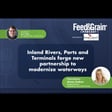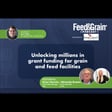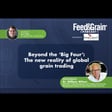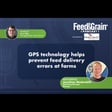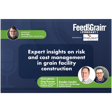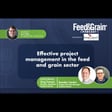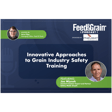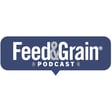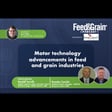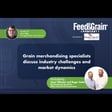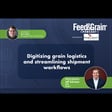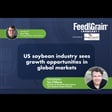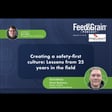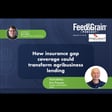Become a Creator today!Start creating today - Share your story with the world!
Start for free
00:00:00
00:00:01

Upgrading to full automation with Farmers’ Grain & Feed
Join Steven Kilger, the host of the Feed & Grain Podcast, as he takes you on a captivating journey alongside Tim Kreilkamp, president, and Glenn Schellinger, mill manager of Farmers’ Grain & Feed. Discover the transformative story of building a new feed mill in Allenton, Wisconsin, and the profound impact it has on the community, employee loyalty, and overall efficiency. From the secrets of staff buy-in to the groundbreaking integration of technology, explore the insights and "whoa" moments that come from opening a new feed mill.
Podcast Sponsored by Pneumat Systems.
